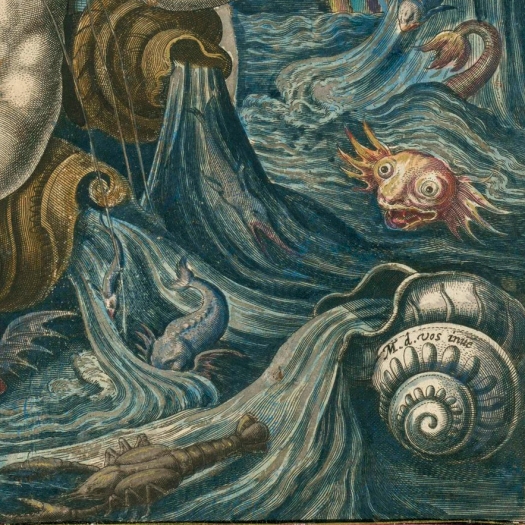Oecologies:
Inhabiting Premodern Worlds
Oecologies is a research cluster that gathers scholars from the humanities living and working along the North American Pacific coast to investigate the idea of “oecology,”an older spelling of the concept “ecology.” We use this defamiliarizing spelling because our research rethinks “ecology” with texts and concepts that predate or even oppose the taxonomies of the European Enlightenment. Our research asks what conceptual or metaphorical resources might help us, as scholars living and working in a time of extreme ecological precarity, to reorient our perceptions about ecological pasts, presents, and futures. With particular attention to the histories of imperialism and colonial exploitation, our research investigates the ecological, economic, and cultural relations among humans and nonhumans in the premodern world. We also ask how our regionally and temporally specific conceptions draw / differ from / shed light upon other inhabitations of the world.
We gratefully acknowledge that this website is hosted within the unceded territories of xwməθkwəy̓əm (Musqueam), the Skwxwú7mesh (Squamish) Nation, and the Səl̓ílwətaʔ/Selilwitulh (Tsleil-Waututh) Nation. Many of our members work and live in these territories as well as beyond them on the traditional and ancestral lands of diverse other Indigenous nations, and we gratefully acknowledge the hospitality of our respective Indigenous hosts.
As ecocritics, we also recognize that the environment has been a central concern for many Indigenous and other colonized scholars, writers, and thinkers, and we recognize the importance of reading and citing their scholarship.

Oecologies: Inhabiting Premodern Worlds (Oe) is a regional research cluster, open to all scholars from the North American West Coast whose work coheres with our mission to engage premodern ecologies and their relation to our own locations. With no dues, no journal, and no standing conference, we explore possibilities for collaborative work as they arise from members’ initiatives and interests.
We hope to support and be a part of your innovative projects. Take a look at Oe’s various initiatives, and see if our events, projects and people are of the kind to inspire you to participate. For more information, to join our e-mail list, or to become involved, please contact us at Oecologies@gmail.com






